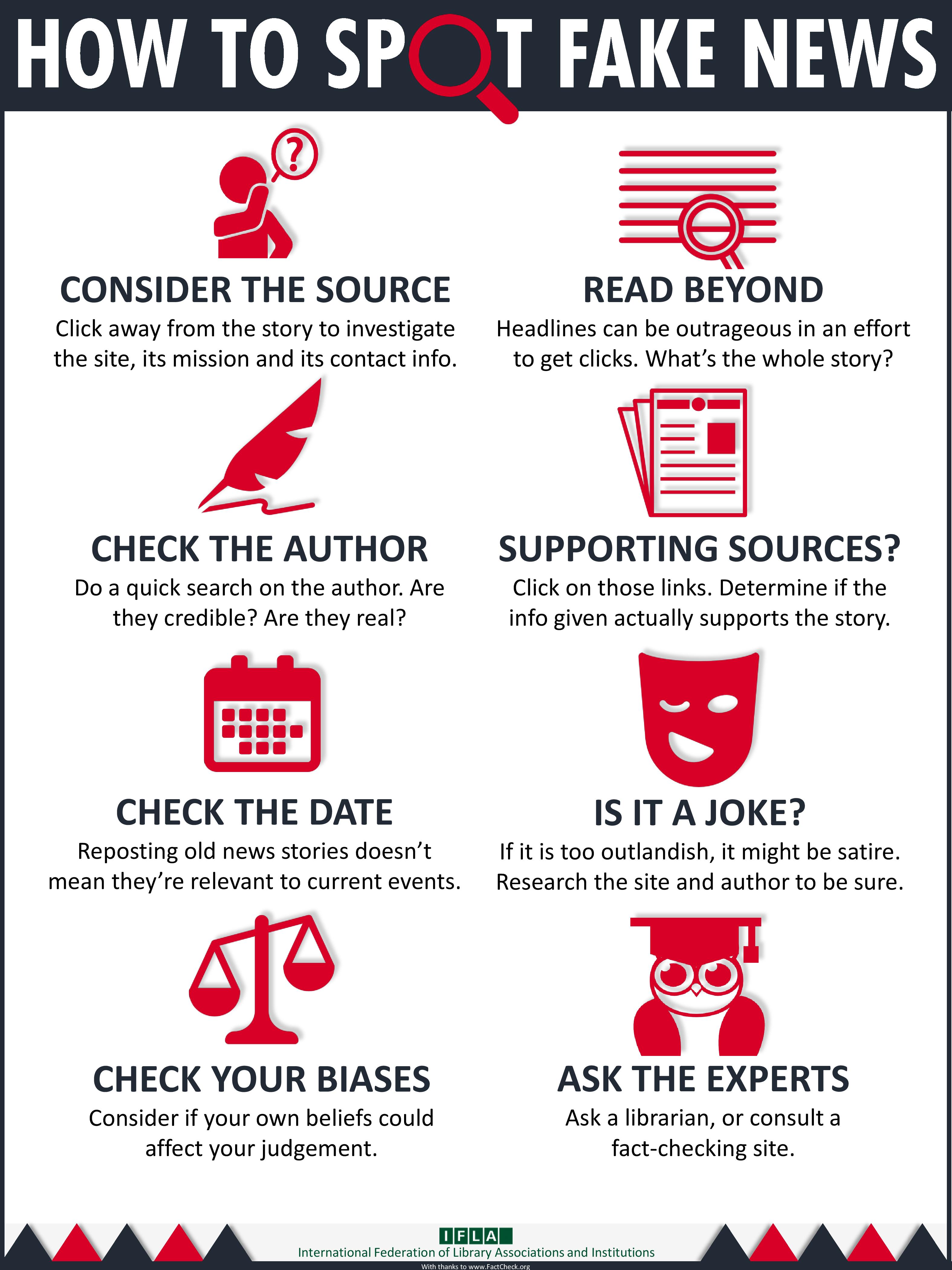Fake News
September 1, 2017
(This article first appeared in the Sept-Oct 2017 issue of the American Postal Worker magazine) 
During and after the 2016 Election, the term “fake news” became widely used in American political conversations. Politifact.com, a fact-checking website, defines fake news as, “made-up stuff, masterfully manipulated to look like credible journalistic reports that are easily spread online to large audiences willing to believe the fictions and spread the word.”
With the rise of satellite radio, the internet and social media, more organizations and political commentators are presenting themselves as legitimate news sources, when in fact they present only sensationalized gossip to send listeners/viewers to the source’s website. They do this to drive their political agenda and make money from the advertisements on the site.
Lands One Man in Prison
Believing fake news can have dangerous repercussions.
Last year, a fake article accused Hillary Clinton of running a child prostitution ring out of a Washington, D.C. pizzeria. The rumor stemmed from a white supremacist's Twitter account, which falsely claimed that there was a secret child sex ring run out of the Comet Ping Pong pizza shop. The conspiracy theory spread like wildfire over social media.
North Carolina resident Edgar Welch felt it was his duty to investigate. He traveled to the pizzeria with an assault rifle to “rescue” the trafficked children. Of course, he found no evidence of foul play, but fired his weapon three times. No one was hurt, and Welch was arrested without incident. He was sentenced to four years in prison for assault with a deadly weapon.
Harder Than You Think
One may think you have to be pretty out-of-touch to do something like Welch, but according to a study by the Washington Post, fake news is harder to spot than you think.
Dominik Stecula, a Social Sciences and Humanities Research Council doctoral fellow at the University of British Columbia, conducted a study on roughly 700 undergrads. They were shown images of actual news sites, varying from established daily newspapers, mainstream online publications and partisan outlets, as well as content from three completely fake news sites: ABCnews.com.co, the Boston Tribune and World True News. The students rated the legitimacy of each source. The results showed the two daily newspapers were viewed as most legitimate; however, two of the fake news sources also did very well, scoring higher than almost half of the legitimate news sites.
Stecula’s results were consistent with other recent studies. A few months ago, Stanford University researchers found 82 percent of students in grades 6-12 could not tell the difference between “sponsored content” (paid for by a business, organization or campaign) and a real news story.
In today’s digital age, it is more important than ever to fact-check information before you post, especially if you are forwarding or retweeting. Nobody wants to broadcast lies, hateful information, political propaganda or fake news.



